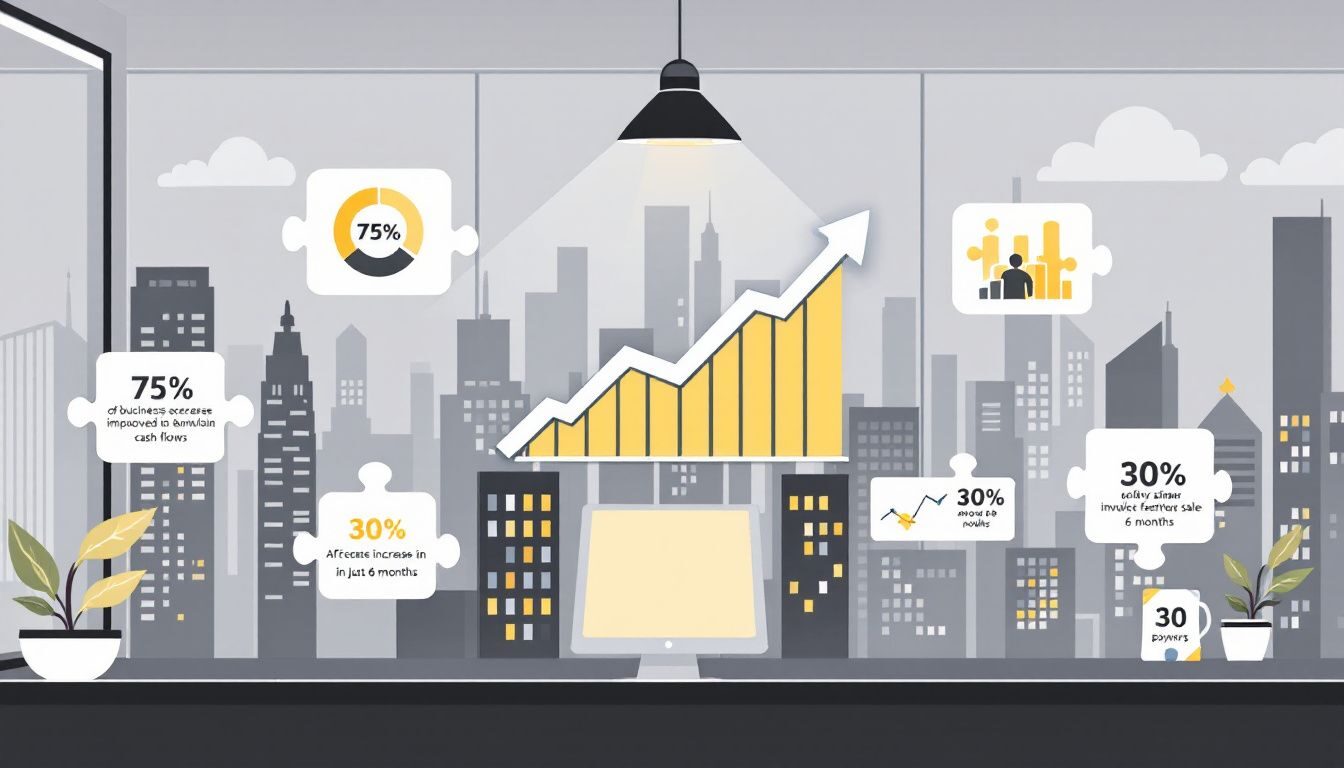The commodities market is a dynamic and potentially lucrative arena for savvy investors. However, navigating its ups and downs requires a keen understanding of market trends, timing, and strategic decision-making. Capitalizing on commodities market movements can lead to significant returns, but it’s essential to employ the right strategies to maximize your investments. Whether you’re new to commodities trading or looking to refine your approach, here are key insights and commodities trading tips to help you stay ahead of the curve.
Understanding Market Movements
Before diving into specific strategies, it’s important to grasp the fundamental drivers behind commodities market movements. Commodity prices are influenced by a variety of factors, including supply and demand dynamics, geopolitical events, currency fluctuations, and economic indicators. For instance, a drought in a major agricultural region can lead to a spike in grain prices, while political instability in an oil-rich nation might drive crude oil prices higher.
Monitoring these factors closely can give you the foresight needed to make informed investment decisions. Staying updated with global news, economic reports, and market analysis is crucial for predicting when and how these movements will occur. The more you understand the forces at play, the better you can position yourself to take advantage of market shifts.
Timing is Everything
One of the most critical commodities trading tips is understanding the importance of timing. Entering the market at the right moment can make all the difference between profit and loss. This is particularly true in the commodities market, where prices can be highly volatile.
To improve your timing, consider using technical analysis tools like moving averages, relative strength index (RSI), and MACD (Moving Average Convergence Divergence). These tools can help you identify trends and potential entry and exit points. However, it’s equally important not to rely solely on technical analysis; combining it with fundamental analysis will give you a more comprehensive view of the market.
Diversify Your Portfolio
Another key strategy for maximizing commodity returns is diversification. Just as with other types of investments, spreading your money across different commodities can reduce risk. For example, while energy commodities like oil and natural gas can be influenced by geopolitical tensions, agricultural commodities such as wheat and corn might be more affected by weather patterns.
By diversifying, you protect yourself from the volatility of any single commodity. This approach also allows you to capitalize on a broader range of market movement strategies. When one commodity underperforms, others in your portfolio may excel, balancing out your overall returns.
Leverage and Risk Management
Leverage is a double-edged sword in commodities trading. While it can amplify profits, it can also magnify losses. Understanding how to use leverage effectively is essential for capitalizing on commodities market movements. Before using leverage, assess your risk tolerance and ensure that you have a solid risk management plan in place.
Stop-loss orders are a useful tool for managing risk. By setting a stop-loss, you can automatically exit a trade when a commodity’s price reaches a predetermined level, protecting yourself from significant losses. It’s also important to keep an eye on your margin levels; over-leveraging can lead to margin calls, forcing you to close positions at a loss.
Stay Informed and Adapt
The commodities market is constantly evolving, influenced by new developments in technology, policy changes, and global events. To stay ahead, continuous learning and adaptability are key. Follow market news, attend industry conferences, and participate in online forums to keep your knowledge up to date.
Adapting your commodities trading strategies based on new information is crucial. For instance, the rise of renewable energy has significantly impacted the oil market, while advancements in agricultural technology have influenced the production and pricing of crops. By staying informed, you can adjust your strategies to align with the latest trends and opportunities.
Consider Long-Term Trends
While short-term market movements can offer quick profits, don’t overlook the potential of long-term trends. Investing in commodities with a positive long-term outlook, such as those tied to sustainable energy or food security, can yield substantial returns over time.
For example, as the world shifts towards greener energy sources, commodities like lithium (used in batteries) and copper (used in electrical wiring) are likely to see sustained demand growth. Positioning yourself in these markets early on can be a smart move for maximizing commodity returns in the long run.
Conclusion
Capitalizing on commodities market movements requires a blend of strategic planning, timely execution, and ongoing education. By understanding market drivers, perfecting your timing, diversifying your portfolio, managing risk, and staying informed, you can navigate the complexities of the commodities market with confidence. Remember, the key to success lies in being proactive, adaptable, and patient. With the right approach, the commodities market can be a rewarding addition to your investment strategy.

